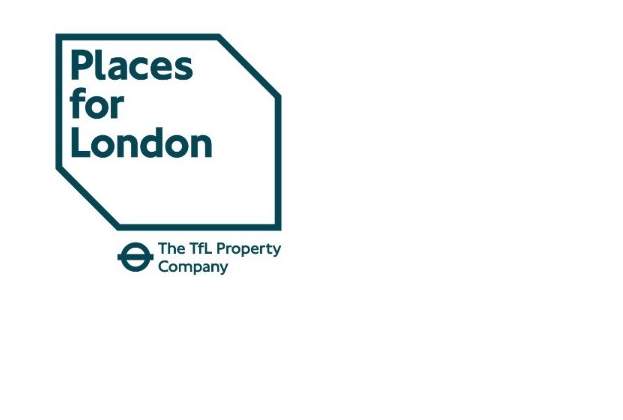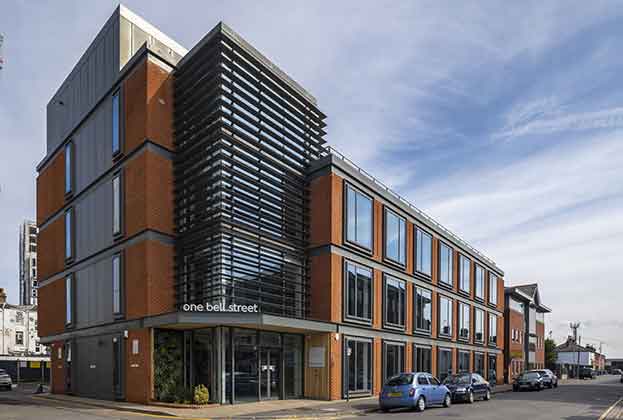In light of various scandals about how social media companies, and others, have been utilising users’ data, accepting data collection about tenant and employee behaviour is something that is still in the early stages in the UK and continental Europe.
However, if done correctly, the benefits of using data for building efficiency are undeniable. For example, knowing when which parts of a building are being used can significantly reduce energy costs by only using lighting and heating when needed.
So-called smart buildings (buildings using automated processes to control an asset's operations including heating, ventilation, air-conditioning, lighting, security and other systems) are becoming increasingly popular and more sophisticated.
One example is The Edge, a 40,000 sq m office building in Amsterdam, which has the world’s highest BREEAM rating awarded to an office building, and integrates numerous smart technologies to create adaptable and intelligent work spaces.
Every employee is connected to the building via an app on their smartphone, allowing them to find parking spaces, free desks, locate colleagues, report issues to the facilities team and navigate within the building.
According to Savills What Workers Want 2019 survey, workers in southern Europe, Poland and Ireland in particular believe a workplace smartphone app would be a useful tool (see graph below). A lack of awareness of the benefits on offer is likely the reason for workers in the UK and Germany being less enthusiastic, rather than actual antipathy towards an app.
How useful would you find a workplace smartphone app?
Another example of a smart building is the Agora Budapest which will welcome 1,300 Raiffeisen Bank employees to their new HQ next year. The HB Reavis workspace solution service, Origameo, helped Raiffeisen Bank evaluate its ideal working environment via organised workshops, interviews, questionnaires and sensors measuring the utilisation of its space.
The data was then analysed to find the best employee-focused future workplace experience for the entire organisation. This might even include down time/blackout areas as a building that is ‘too smart’ can also negatively impact productivity.
At the same time, there is a fine line between a Big Brother mentality in tracking behaviour and collating data to provide a better working environment and ensuring that tenants are informed how and why their data is being used.
One of the key aims of the General Data Protection Regulation Act (GDPR), implemented in May 2018, was to give control to individuals over their personal data and to simplify the regulatory environment for international business by unifying the regulation within the EU.
For this reason there needs to be a balance between security and privacy for services such as fingerprint access or facial recognition.
Digital services that people use in their personal lives, such as Google Maps and Uber, have helped many become more comfortable with sharing information. When people recognise that they will have a better user experience by sharing their information, they are much more comfortable doing so.
When a service or product improves a building user’s experience, the tenant should be more willing to embrace it. It’s a case of having a lot more understanding across the industry of what those implications are.
Further information
Read more: What Workers Want: Europe 2019





.jpg)

.jpg)
.jpg)

(1).jpg)